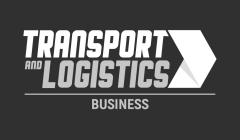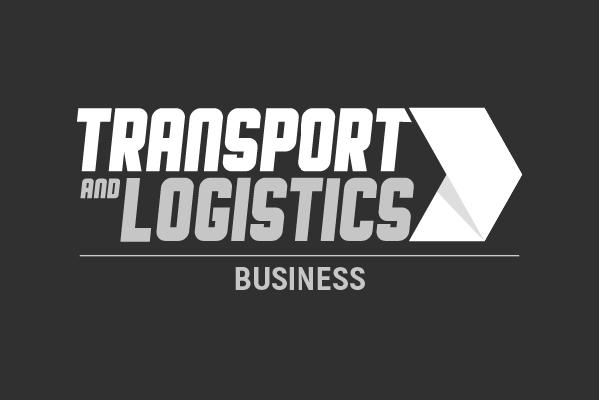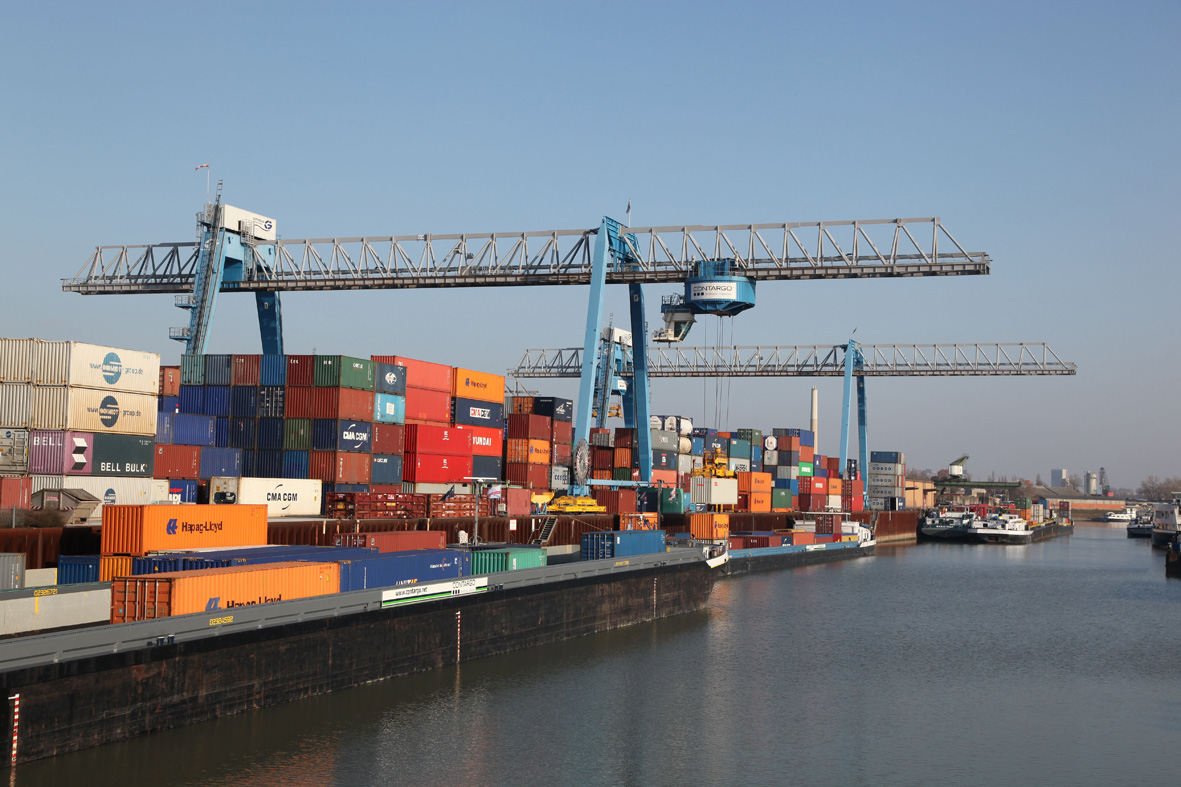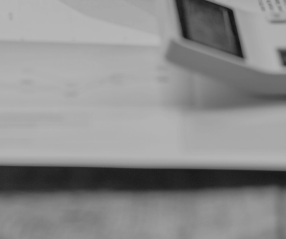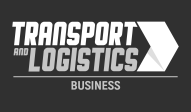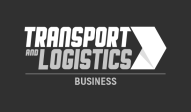The requirements that have to be met by logistics are becoming more complex all the time, and transport volumes are increasing. At the same time, customers expect low prices and a minimised carbon footprint. Container hinterland logistics network Contargo masters all these challenges by implementing IT tools which it has developed itself.
The Contargo Group organises container transports between the western seaports, the German North Sea ports and the European hinterland using the modes of rail, barge and truck. “This means IT is the key to the optimisation of our delivery chains”, says Heinrich Kerstgens, Co-Managing Director of Contargo GmbH & Co. KG. “In combined transport, the various partners have to be able to communicate with each other effectively.” Kerstgens also sees this as one of the essential tasks of Contargo: “We focus especially on the interfaces between logistics partners, since we are not only specialists in container logistics, but also in the logistics of information.”
Tariff calculator with eco effect
The enterprise has proved the truth of this statement, for instance with its tariff information system IMTIS, which in May this year received the Eco Performance Award. IMTIS was developed almost 20 years ago and has been continuously improved ever since. Today, the free tariff calculator is a web-based system and can be generally accessed via the Contargo website. With IMTIS, users can calculate not only the transit time, total distance, toll distance and price of a transport in combined transport modes, but also the CO2 emissions it will generate.
Software for all
Together with an IT service provider, the IT department of Contargo has developed other sector-specific applications, too: the Intermodal Routing Information System (IRIS), for instance. For several months now this software, which can work out routing, total kilometres, road toll kilometres, journey times to plan in, and CO2 emissions, has been freely accessible as Open Source software. IRIS can now be downloaded under Open Source Licence AGPLv3 at GitHub, and can be further developed by users for their own needs.
IRIS integrates map material such as maximum permitted weights and toll obligations. When calculating the CO2 emissions of an intermodal transport, the software takes into account not only the transport, but also the handling and transfer of the containers. “Because transparency is very important in combined transport, we like to use Open Source programs”, Heinrich Kerstgens says. “They enable all participants to find the best way together.”
App for truckers
The IT department has also found the solution to another problem: at peak hours, trucks often have to wait a long time for processing at the terminals. So that the truckers can find out about free slots beforehand and book them as required, Contargo has developed STAR, an App for assigning appointments online. This substantially reduces waiting times for participants. Initially the application is being implemented in Basel; its introduction is planned at other terminals, too.
“Information technology makes logistics fit for the future, by helping to standardise logistics processes. This makes them more transparent and less expensive. At the same time, it always needs to leave us, as logistics providers, sufficient flexibility to take account of individual customer wishes and respond fast to market fluctuations and other changing conditions. Since logistics are in a perpetual state of change, IT service providers in logistics will never get bored.”
